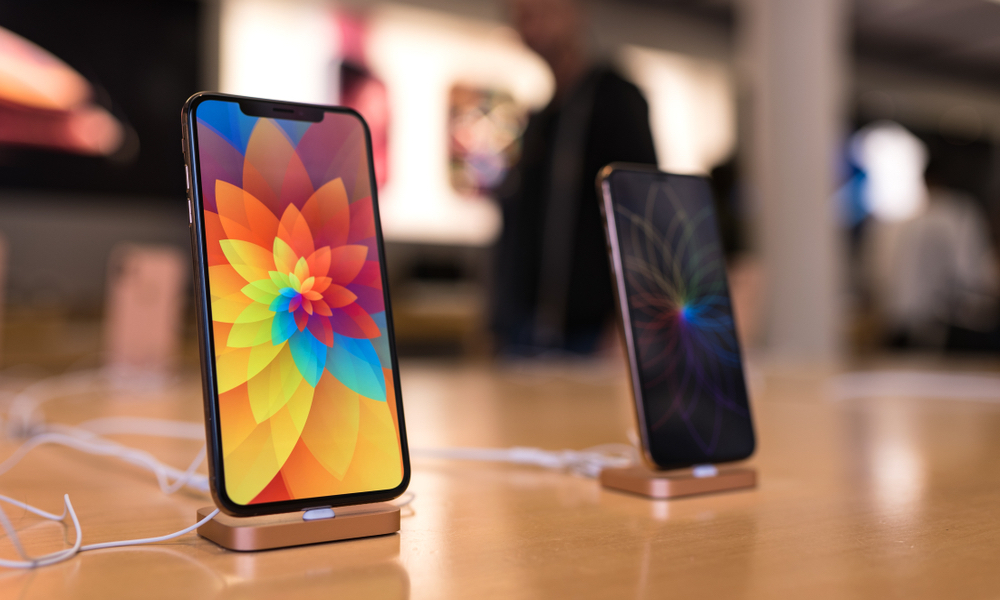iPhone Sales Took a Hit Due to COVID-19, But Still Fared Better Than Android
 Credit: pio3 / Shutterstock
Credit: pio3 / ShutterstockToggle Dark Mode
With the whole world dealing with an ongoing pandemic, it’s not going to come as a big surprise that Apple’s iPhone sales were in a bit of a slump last quarter, but it turns out that even though iPhone sales were down, Apple’s smartphone lineup still came out on top, selling better than most competing Android handsets and actually gaining market share despite the decline in sales.
Apple saw an increase in wearables sales last quarter, particularly with AirPods and Beats headphones as many users stuck working from home sought ways to relax and improve their focus, but the iPhone also continued to dominate the smartphone market even as its sales fell, with the iPhone 11 rising to first place as the world’s most popular smartphone, easily eclipsing every other model.
However, it turns out that this was all happening in the midst of a global decline in smartphone sales, with market research firm Gartner reporting that the overall smartphone market fell by a staggering 20% during the first quarter of 2020. Among these, however, Apple was one of the few major smartphone makers that didn’t find itself hit with a double-digit sales slump, with only an 8.2 percent drop as compared to Samsung’s 22.7 percent and Huawei’s 27.3 percent losses.
More specifically, Gartner estimates that Apple sold 40.92 million smartphones during the quarter (almost half of which were iPhone 11 units), but that this represented a 3.7 million unit drop from the 44.57 million that it sold in Q1 2019.
Gaining Ground
However, while everybody lost ground overall, Apple gained the terrain that others gave up, with its overall share of the smartphone market increasing to 13.7% in Q1 2020, as compared to 11.9% in the year-ago quarter.
In fact, about the only Android maker that did particularly well in the last quarter was Xiaomi, which actually saw a net 1.4% increase in sales, increasing its market share from 7.3% to 9.3%, while Oppo lost sales but was able to hold its market share steady simply as a result of losses by others.
In short, the entire smartphone market suffered pretty badly last quarter, but Apple somehow managed to weather the storm better, even while it had most of its worldwide Apple Stores closed — first in China earlier in the quarter, and then throughout the rest of the world toward the end of it.
It’s notable, however, that Apple is continuing to experience strong sales even as news of a 5G iPhone 12 looms on the horizon, although the company has already conceded that iPhone sales will slow in its third and fourth quarters — the period from April to September this year (Apple’s fiscal year begins in October, making the first part of 2020 its second fiscal quarter, while industry analysts use calendar quarters for consistency). While the iPhone 12 is still expected to be released this fall, many analysts are predicting it may not arrive until October.
Apple does expect Mac and iPad sales to grow during the next few months as more users are forced to find new ways to work from home, however, and despite Apple’s more conservative predictions, it’s also possible that its wearables and accessories segment will continue to thrive as people look for new ways to entertain themselves and stay fit while sheltering at home.







